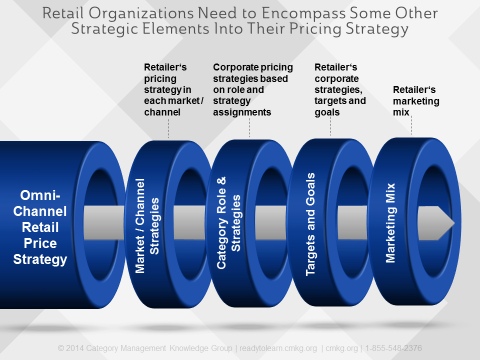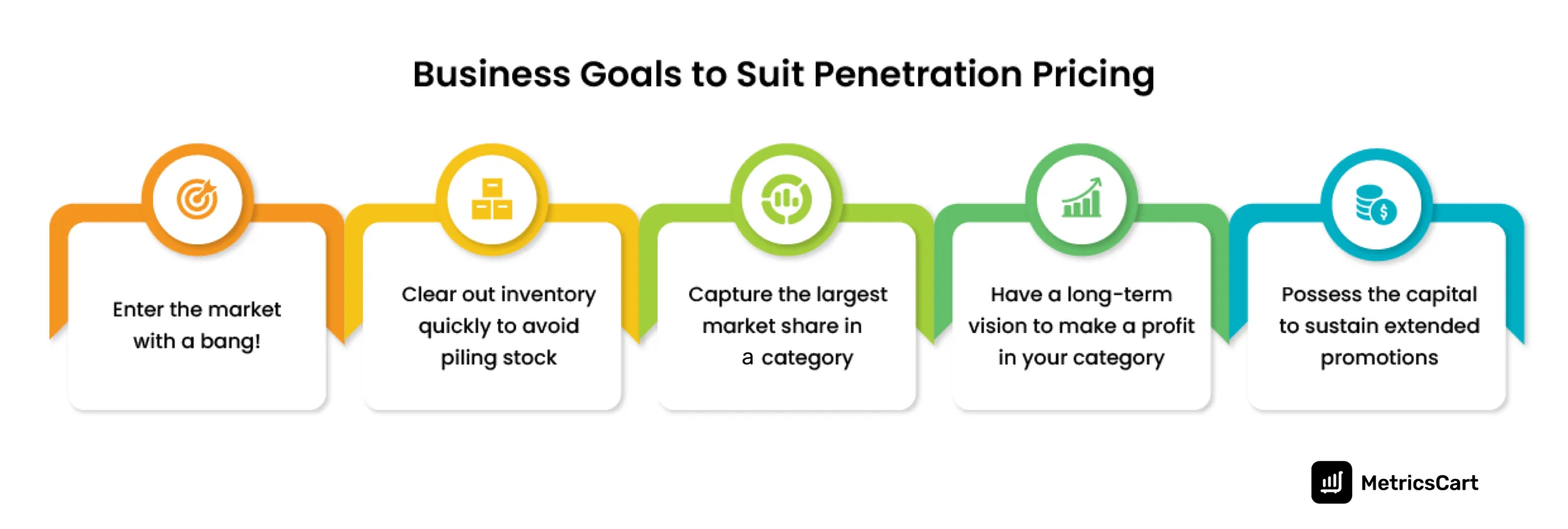The Importance of a Well-Defined Pricing Strategy in Open Markets
The Importance of a Well-Defined Pricing Strategy in Open Markets
Blog Article
Optimize Profits With Proven Prices Approach Strategies
Techniques such as value-based pricing, dynamic rates, and thorough market analysis can substantially improve a company's financial performance. Comprehending customer understanding and leveraging data analytics for agile prices changes are important parts of this technique.
Recognizing Customer Assumption
Comprehending client perception is critical for establishing efficient rates techniques. It affects just how customers evaluate a product's worth, quality, and total attractiveness. Businesses should recognize that customers often base their willingness to pay not entirely on the item's intrinsic features yet also on mental elements, consisting of brand name track record, social standing, and perceived scarcity.

Furthermore, firms need to think about the function of prices psychology, such as appeal rates or rate anchoring, which can significantly impact customer actions. Understanding these assumptions makes it possible for organizations to mount their pricing techniques in a manner that lines up with customer expectations while taking full advantage of productivity.
Incorporating consumer perception into pricing techniques not just aids in setting competitive prices yet also promotes brand name loyalty, as customers really feel understood and valued. Eventually, a nuanced understanding of customer assumption can lead to sustainable income development and enhanced market positioning.
Studying Market Trends
To create an effective prices approach, analyzing market fads is necessary for businesses looking to remain competitive. Comprehending the characteristics of market changes enables business to make informed choices pertaining to prices changes, product launches, and source allocation - Pricing Strategy. By keeping track of consumer actions, economic indicators, and industry advancements, services can recognize patterns that inform their rates frameworks
Trick elements to take into consideration when analyzing market trends include need elasticity, seasonal fluctuations, and emerging innovations. Need elasticity helps organizations gauge how rate adjustments may impact customer buying decisions. Seasonal patterns can supply understandings into optimum prices throughout optimal and off-peak durations, permitting calculated discounting or promotional rates. In addition, keeping an eye on technological advancements can aid determine prospective threats or possibilities that could impact rates methods.
Using data analytics tools can enhance the accuracy of trend analysis, offering important insights that assist in active decision-making. Business need to also think about carrying out normal market research to validate presumptions and adjust to progressing consumer choices. By leveraging these understandings, organizations can not just optimize their prices approaches yet additionally strengthen their general market placement, making certain long-lasting earnings and growth.
Competitive Rates Techniques
A competitive pricing strategy is important for organizations aiming to acquire an edge in a congested industry. By examining rivals' rates structures and market positioning, companies can strategically set their costs to bring in customers while maintaining productivity. This method calls for a detailed understanding of both the competitive landscape and client understandings of value.
One efficient technique is cost matching, where a business provides to match or defeat a competitor's price. This strategy can boost client commitment and encourage sales, particularly in price-sensitive markets. Furthermore, penetration prices can be utilized to record market share by at first establishing prices less than rivals, attracting clients to try the item and cultivating brand name awareness.
Additionally, companies can apply mental pricing approaches, such as rates things just below a rounded number (e.g., $9.99 instead of $10 - Pricing Strategy.00) This can create the assumption of a much better bargain, influencing customer habits
Inevitably, an effective competitive pricing approach balances the need to stay attractive to consumers while making certain that the rates version straightens with the company's overall purposes. Consistently click this site reviewing and adjusting pricing in response to market shifts and rival actions is necessary for continual success.
Value-Based Pricing Strategies
Value-based rates methods concentrate on establishing prices mostly based upon the regarded value of a product or solution to the consumer, rather than exclusively on manufacturing prices or competitor rates. This strategy calls for a deep understanding of customer needs, choices, and the unique benefits that the service or product offers. By recognizing the specific value chauffeurs that reverberate with customers, services can develop prices strategies that mirror truth worth of their offerings.
To carry out value-based prices properly, companies have to take part in detailed marketing research, consisting of client surveys and focus teams, to collect understandings into customer assumptions. Furthermore, businesses must sector their consumer base to tailor prices methods that line up with various worth understandings across sectors.
Interaction plays a crucial role in value-based prices; business have to verbalize the distinct value recommendation plainly to warrant the cost point. Additionally, recurring analysis and modification are necessary, as consumer assumptions of value may change gradually as a result of market characteristics or affordable activities. By focusing on value in prices approaches, organizations can enhance customer satisfaction, boost commitment, and eventually maximize revenue.
Dynamic Pricing Designs

Dynamic prices leverages sophisticated algorithms and data analytics to check competitor prices, client behavior, and supply levels. By dynamically changing rates, organizations can maximize earnings, make the most of profit margins, and respond quickly to modifications in the industry. For example, airline companies frequently utilize this version to change ticket costs based upon factors like remaining seats, time till departure, and competitor rates.
Nonetheless, the implementation of vibrant prices must be approached with care. Transparent communication with consumers check that is important to keep trust and avoid assumptions of unreasonable pricing techniques. Furthermore, businesses ought to guarantee that their rates algorithms are not extremely intricate or opaque, as this can lead to consumer discontentment.
Inevitably, when implemented attentively, dynamic rates designs can provide companies with a significant competitive benefit, allowing them to take advantage of market opportunities while accommodating customer expectations in a quickly transforming economic landscape.
Final Thought

Techniques such as value-based pricing, dynamic rates, and complete market analysis can significantly boost a company's monetary efficiency. Seasonal fads can supply understandings right into ideal prices during optimal and off-peak periods, allowing for tactical discounting or marketing prices.Dynamic prices leverages advanced formulas and data analytics to right here keep track of competitor pricing, customer actions, and supply levels. By comprehending client assumption, analyzing market trends, and using affordable prices approaches, businesses can successfully align their prices with customer expectations. In addition, value-based rates and dynamic rates models make it possible for companies to respond agilely to market variations.
Report this page